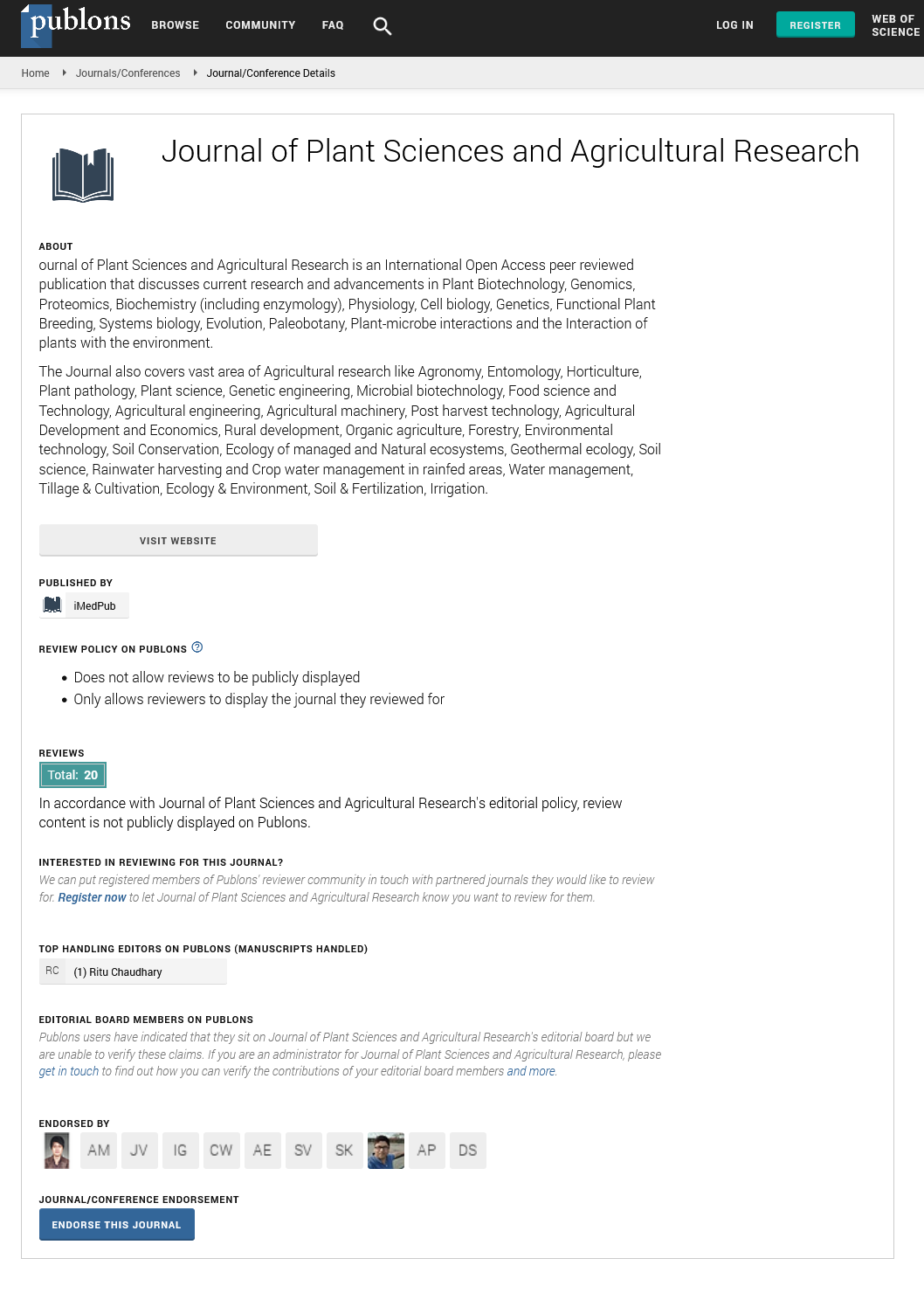Abstract
Regeneration Effectiveness Post Tree Harvesting in Natural Miombo Woodlands, Tanzania
In Tanzania, the magnitude of forest loss is high whereby approximately 372,000 ha of forest are lost per annum. Primary drivers of forest loss include agricultural expansion, charcoal making, fuel wood and timber harvesting. The forest cover in Tanzania is approximately 40% whereby the miombo woodland is the most dominant forest type; others include coastal, sub-montane rainforests and plantation forests. Miombo ecosystems are very vulnerable to anthropogenic disturbances in particular tree felling for meeting the high charcoal demands in urban areas. This paper aims at highlighting the tree species regeneration level in harvested miombo woodland areas in Eastern Tanzania. This information is deemed necessary for informing sustainable tree harvesting regimes in miombo ecosystems The study was conducted in eight villages of Kilosa District that were selected purposefully based on prevalence of miombo woodlands and tree harvesting activities. A total of 69 circular plots with 15 m radius were established for regeneration measurements. Data were analyzed by Microsoft excel spreadsheet. About 50% of the measured stumps regardless of diameter class were found to regenerate in form of coppices which averaged six individuals per stump. The overall mean coppice height was 102.30 ± 3.47 cm. Also, about 37% of the stumps were observed to develop new root sprouts/suckers averaging five individuals per stump. The overall sprouts/suckers’ mean height was 87.53 ± 3.33 cm. About 48.4% of the total stumps were developing both coppices and root sprouts on the same plant. The most frequently harvested tree species for charcoal making were Brachystegia boehmii and Brachystegia spiciformis. The average seedling height was 37 ± 3.6 cm and no seedlings of invasive tree species were observed. This study concludes that tree species preferred for charcoal production in the Eastern Tanzania Miombo ecosystems regenerate robustly through both coppicing and root sprouts /suckers. The recommended diameter at breast height for optimizing both regeneration and biomass for charcoal or timber is between 20 and 30 cm.
Author(s): Anthony Z Sangeda and David D Maleko
Abstract | Full-Text | PDF
Share This Article
Google Scholar citation report
Citations : 135
Journal of Plant Sciences and Agricultural Research peer review process verified at publons
Abstracted/Indexed in
- Google Scholar
- Publons
- Secret Search Engine Labs
Open Access Journals
- Aquaculture & Veterinary Science
- Chemistry & Chemical Sciences
- Clinical Sciences
- Engineering
- General Science
- Genetics & Molecular Biology
- Health Care & Nursing
- Immunology & Microbiology
- Materials Science
- Mathematics & Physics
- Medical Sciences
- Neurology & Psychiatry
- Oncology & Cancer Science
- Pharmaceutical Sciences
